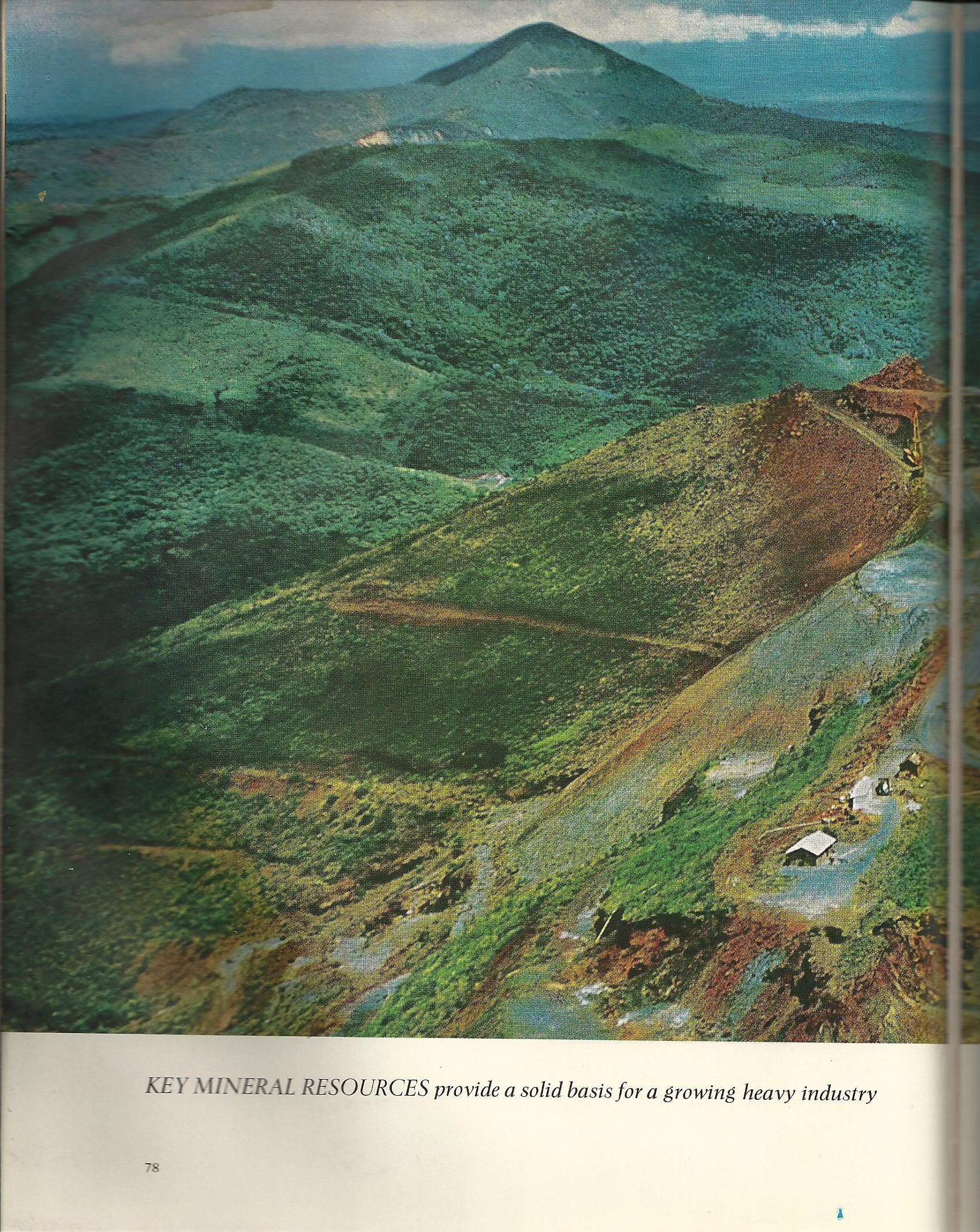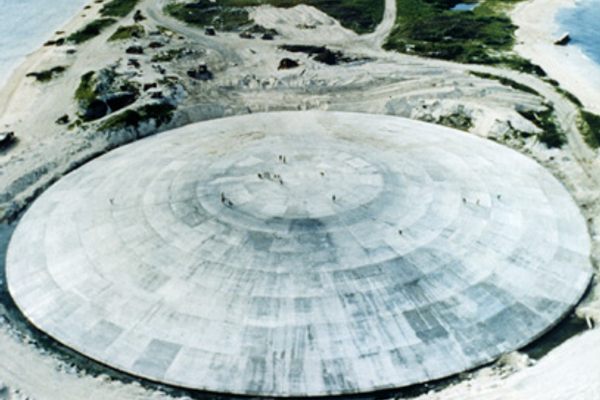Hindsight Is 50/50 (Or Should Be)
What with today being Election Day in the States – an opportunity, oft-squandered, in which we citizens are given the chance to take stock of both the past and our futures – I got to thinking about the tell-tale signs pointing to our current state, thanks to the glorious phenomenon known as hindsight.
You may recall, a little while back I made a fabulous acquisition consisting of a set of Life: World Library volumes from the early 1960’s. While flipping through the book on Brazil during my afternoon soak in the tub, this centerfold caught my eye, as aesthetically-pleasing images of destruction are wont to do.
 |
.jpg) |
Original caption reads: KEY MINERAL RESOURCES provide a solid basis for a growing heavy industry. SHAVED MOUNTAIN, 210 miles north of Rio, is made up almost completely of high-grade iron ore. Since mining operations began, the mountain has been reduced by more than 400 feet. Tremendous iron deposits like this and a supply of vital manganese have enabled Brazil to build the largest steel industry in Latin America.
Cursory research on so-called “Shaved Mountain” only returned results pertaining to shaving one’s Bernese Mountain dog in the summertime, and tidbits of information about how mid-twentieth century mining practices took a massive tole on the environment in Brazil’s Vale do Aço region. …Der. See above photo.
I suppose history isn’t known for measuring it’s “we should’ve known better” moments, especially since the advent of the internet age, where it’s easier to forget such glitches so long as they occurred before a permanent, digital record existed to perpetually remind us of our fallacies. [Do we think this statement is true? Discuss.]
Politically, who knows where we’re leading ourselves. At least we have a decent geological record of where we’ve been to leave no doubt as to where we may end up, environmentally. Take for instance, Nauru, known as “the country that ate itself” after strip-mining away eighty-percent of its phosphate-rich land.

Fly Ranch Geyser is another perennial popular pick, created by geothermal experimenters drilling into the ground poorly.

I mean, I guess that’s the gift of retrospect: looking at what we’ve done has the potential to change our future actions. It requires more than a dash of optimism to think we’ll take advantage of the opportunities lying in front of us, but that’s all I’ve got. Yet I try, despite the existence of a) Fort Zverev, home to an accidental napalm fire that raged so hot that it melted the basement’s bricks;

and b) Cactus Dome, the Marshall Islands’ 1.5-foot think concrete dome containing almost 20 years worth of nuclear radiation

both of which were borne out of humanity’s attempts to simultaneously protect and annihilate itself.
Further examples of our glorious, often beautiful failures abound! Check out the Disaster Areas category in the Atlas to pick your own favorite.
In closing, please excuse the doom-and-gloom mood of this post. It’s pretty much the longest I’ll have to wait for Halloween (best day of the year!!) to roll around again AND it’s election day, where at least fifty-percent of the population goes to bed pissed at the other half. I’m searching for the silver lining here. Disaster porn’s all I’ve got at the moment. That, and a wonderful quote from an Austin Kleon blackout poem:
I mean, yes, we’re sinking / but the music is exceptional.
…Just as exceptional as the spectacularness (spectacularity?) with which we, humans, can sometimes fall short of our intended goals.






Follow us on Twitter to get the latest on the world's hidden wonders.
Like us on Facebook to get the latest on the world's hidden wonders.
Follow us on Twitter Like us on Facebook